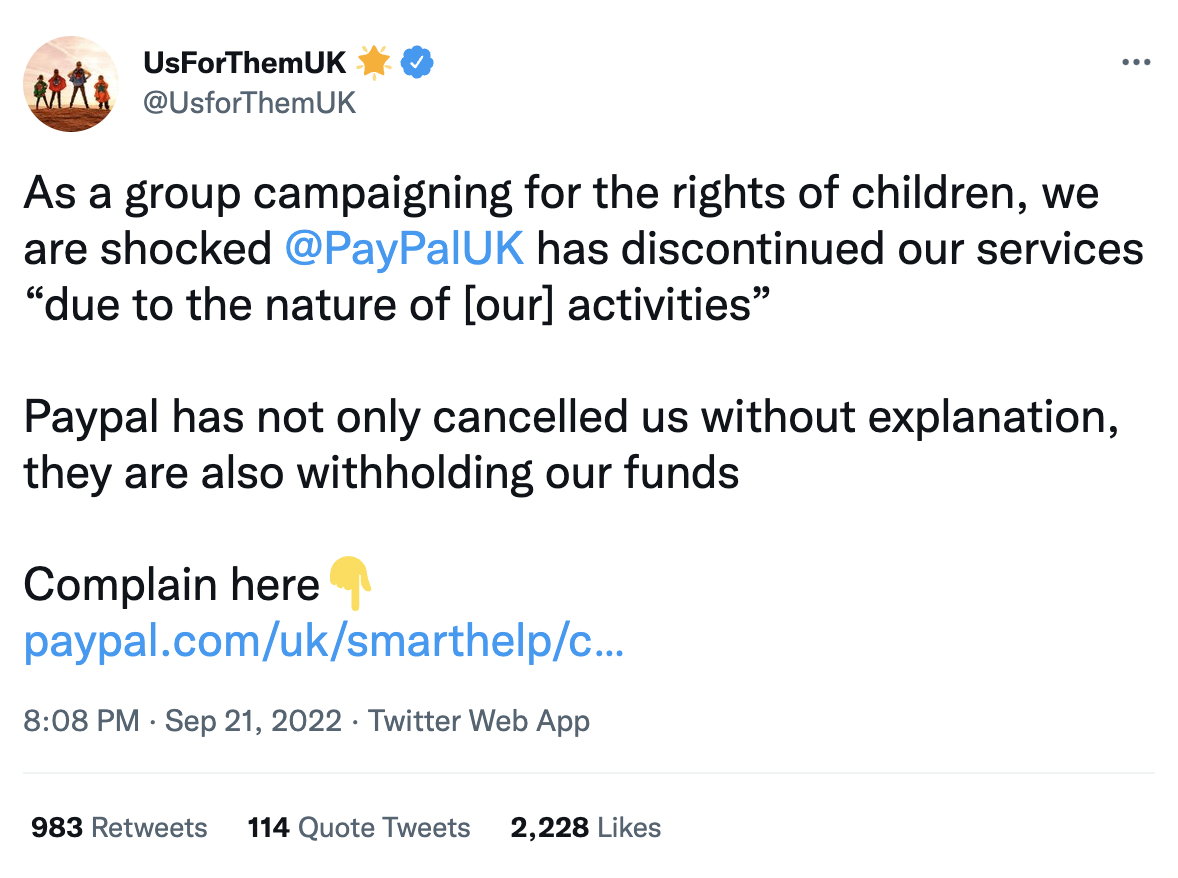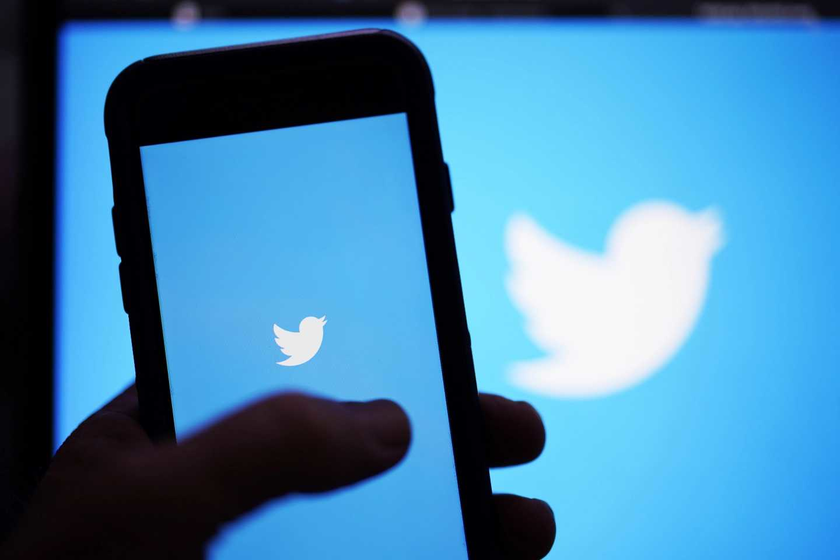The Supreme Court announced this week that it will hear a pair of landmark cases that will determine the future of Section 230, weighing in on the Internet’s foundational law for the first time since it created the web as we know it a quarter-century ago. Lawmakers on both sides increasingly question Section 230’s protections, and a growing number of states have passed laws circumscribing it. Why has such a single section of a statute proved so controversial – and consequential? The answer lies in how the web has become increasingly centralized, with just a few companies crafting the rules that govern what people around the world are able to see and say online.
In its earliest days, the World Wide Web was seen as the greatest democratizing force ever created. It was heralded as the first truly “mass” medium, in which anyone with a personal computer and a modem could communicate with the outside world. President Bill Clinton went so far as to predict that the Internet would eliminate censorship, famously quipping that China’s early moderation efforts were “like trying to nail Jell-O to the wall.”
Yet almost from the beginning, this utopian vision of a world free from censorship confronted the reality that when diverse societies with very different beliefs, backgrounds, and experiences come together, disagreement will inevitably follow. A half-decade before the web gained mainstream visibility, arguments over acceptable speech were already raging in the digital world.
In January 1989, Stanford University announced that it would ban access to a USENET newsgroup over its publication of racist and sexist jokes. Faculty rallied against the ban, arguing in language that sounds like that of today’s conservatives: “In a nation in which many of the major media organizations are controlled by large corporations, the existence of anarchical news groups are refreshing and necessary in a democracy.” In contrast, students argued that institutions had a “responsibility” to prevent society from accessing “inflammatory” material.
Governments harnessed these debates to defy Clinton’s predictions. Human Rights Watch warned a few years later that “governments around the world, claiming they want to protect children, thwart terrorists and silence racists and hate mongers, are rushing to eradicate freedom of expression,” but that attempts to crack down on such content “violate the free speech guarantees enshrined in democratic constitutions.”
If censorship and battles over permissible speech were already in play three decades ago, why all the sudden interest now and the focus on social media platforms?
The answer is that the technological limitations of the early Internet led to a decentralized and fragmented landscape of control in which early content-moderation efforts were extremely limited in their effects. Today, by contrast, just a handful of companies largely decides what constitutes permissible speech. Just a few companies control the plumbing of the Internet. Just two decide what is permissible on mobile phones in most of the world...
Read the full article at the link below.
Promo Code “PARALLEL” = 1 Free Month Subscription
LINK:
https://www.realclearpolitics.com/articles/2022/10/06/re-democratize_the_web_148289.html


















